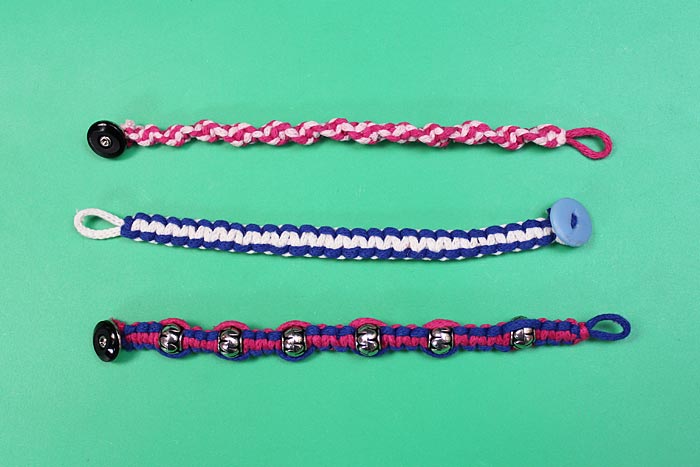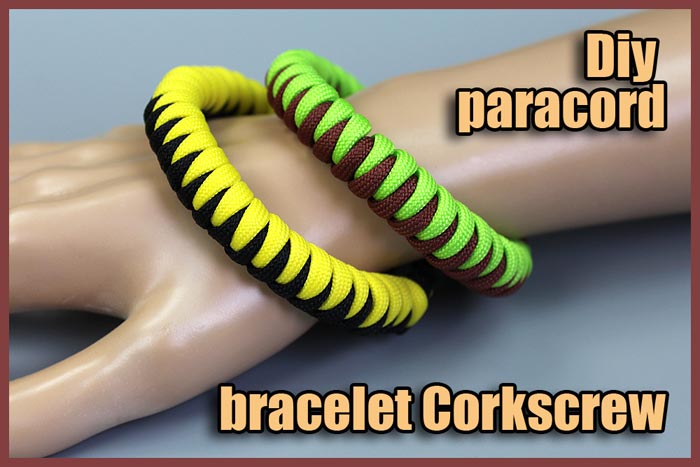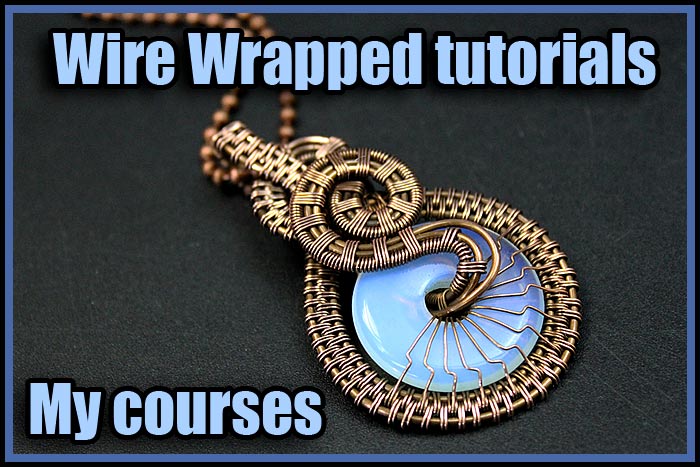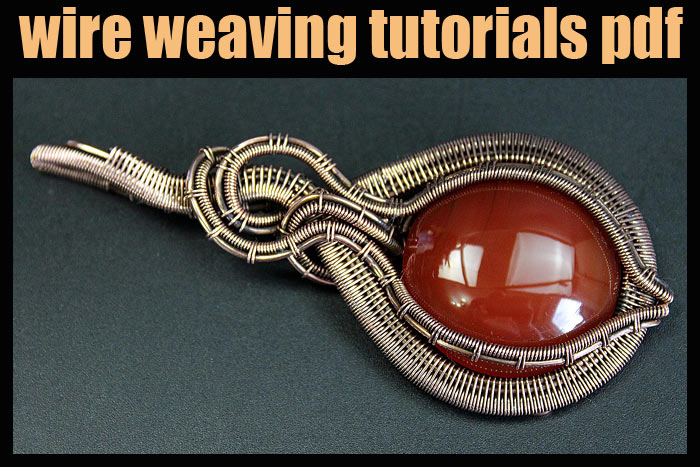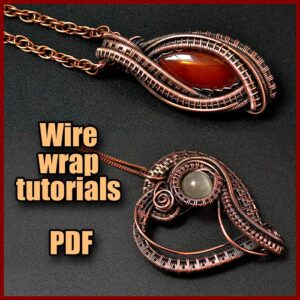What materials you need for macrame? Macrame supplies for beginners. What kind of rope is used for macrame? Macrame supplies, tools.
What materials you need for macrame?
Table of Contents
When weaving, a fairly wide range of threads can be used. They can be of any thickness and density, and in many different colors. But all threads must be strong and well twisted. If they are poorly twisted, they may become loose and the whole pattern will be fuzzy because of the fluff.

Let’s examine the main aspect of materials for macrame – threads. Threads can be cotton, flax, hemp, wool, silk, etc.
Cotton threads are available in a wide range of thicknesses and shades. They can be used in weaving almost all kinds of macrame products. Flax threads are more commonly used to create fringe. Hemp threads come in glossy and matte. They are as popular as cotton.
Hemp rope is usually used to make panels (panneau) and сachepot. Silk threads are used to decorate bedding or to make friendship bracelets.
Jute rope is used to weave bags and baskets. Linen rope, sisal thread, and paper twine are used to make products in the country style.

Synthetic threads are used to make purses and handbags. Viscose silk threads are suitable for weaving decorative flowers. Thick and durable wool yarns are used to create sweater vests, blouses, and to decorate clothing. The fringe for napkins and tablecloths is often made from yarns pulled from the same fabric as the product itself.
You can also use ribbons for weaving, but keep in mind that knots from a flat ribbon will look different. The most beautiful patterns are obtained from threads with a circular section. As you can see – all kinds of materials for macrame can be used.
There are many tricks to make working with macrame easier. If the thread is too stiff, it can be boiled in water for a few minutes – it will become softer and more pliable. If the yarns, on the contrary, are too soft, you can give them stiffness with glycerin and gelatin. To do this, you should soak 25 grams of gelatin in 0.5 liters of cold water. After it has swollen, heat this solution in a water bath until the gelatin is completely dissolved. Then remove from heat and add 0.5 teaspoon of glycerin and 1 liter of hot water. Stir everything well, put dry threads for a few minutes in the prepared solution. Then take them out and dry. The pattern of knots made from such threads will be much clearer and more beautiful.
When weaving with stiff and coarse threads, it is better to do all the work in thin gloves that will protect your hands from damage. If you moisten your hands from time to time when weaving with silk thread or paper twine, the work will go easier and faster.

All silk cords and nylon fishing lines are very slippery, so all knots must be tied very tightly. In addition, nylon and silk cords often loosen at the ends. To prevent this, melt their ends with a lighter. Remember my tips when working with different materials for macrame – they will come in handy, don’t doubt that.
Macrame can also be woven from coarse uneven threads. All defects resulting from this can be smoothed by washing and ironing the finished product. After washing the product should not be wrung out. Wrap it in a dry and clean towel and dry it. Next, place the product on a soft surface so that the inner side is facing up, and on top of it put several layers of wet gauze. Carefully apply the iron, being careful not to shift the knots. Remove the gauze and leave the piece until it is completely dry.
In addition to threads, you may need beads of various shapes and sizes – you may also need sequins, rhinestones, and ribbons to decorate the items. You can use absolutely unnecessary at first sight things, for example, various wooden and metal rings, hoops, bars, slats, balls, some wooden things, decorative buttons and buckles, picture frames, lampshade elements, vessels of interesting forms, etc.
Tools and equipment for weaving

Besides materials for macrame, you may also think about tools. But you don’t actually need any special tools for macrame. You need a cushion for weaving, quite rigid and stable. There are many types of it. In the past centuries, it was stuffed with sawdust or sand, and to make it heavier, a sheet of lead was inserted into it. In modern times, you can take a piece of thick cardboard or plywood of size 25 x 40, 30 x 45, 35 x 50 cm and put a layer of cotton, felt or foam on it. The thickness should be at least 4-6 cm. Then cover it with a dark dense cloth. Very often the cushion at a slight incline is attached to the table with clamps. It is possible to make it in the form of a cylinder. Instead of clamps, sometimes special small support for the cushion in the form of a bench of the required size is used. Sometimes instead of a cushion for weaving, the back of an armchair or chair can be used.

In addition to the cushion for weaving and materials for macrame, you will need pins. You can poke them around the edges of the pillow so that you can easily use them. They are necessary for fixing knots or fragments of the product. The pins must be strong and long enough not to bend or get lost on the fabric. Not all sewing pins are suitable for this purpose, as some of them are too short. It is better to use long pins with bright plastic heads. Or you can make them yourself. For this, you will need plastic balls or beads and long needles. Heat the eye of the needle on the fire and pierce the ball with it to about the middle. Leave everything until it cools completely.

Bobbins and bones are used to shorten long threads. For this purpose, you can also use bobbins designed for lace products, or ordinary thin curlers with an elastic band. You can also make them yourself from pieces of thick cardboard, on which it is necessary to make wedge-shaped cuts. The thread should be clamped in them so that it will not loosen.
You also need a tape measure. It is used to measure the length of the threads and products.
Medium scissors are needed for cutting threads, big scissors are used to cut the fringe. A metal ruler is used to trim the fringe. Knitting hooks (both thick and thin ones) are used to pull threads to make complicated knots.

Use an awl or a needle to untie the undesired knots. Sometimes weights are needed to pull and straighten the pieces.
An iron comb should be used to make the fringe. The threads should be combed with an iron comb before they are carefully trimmed. And these are all the materials for macrame that I was going to tell you about today.


